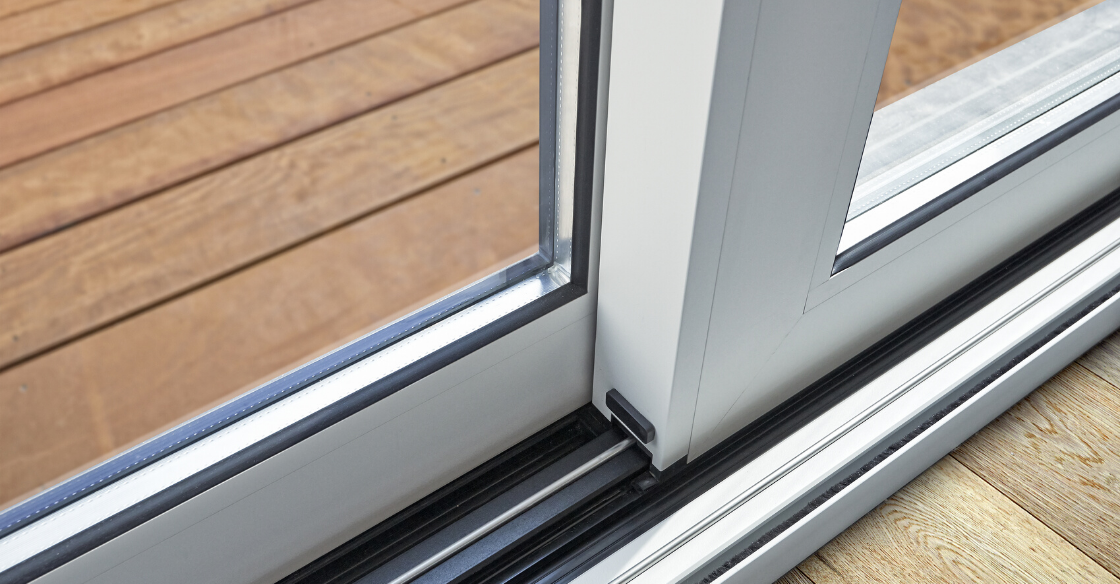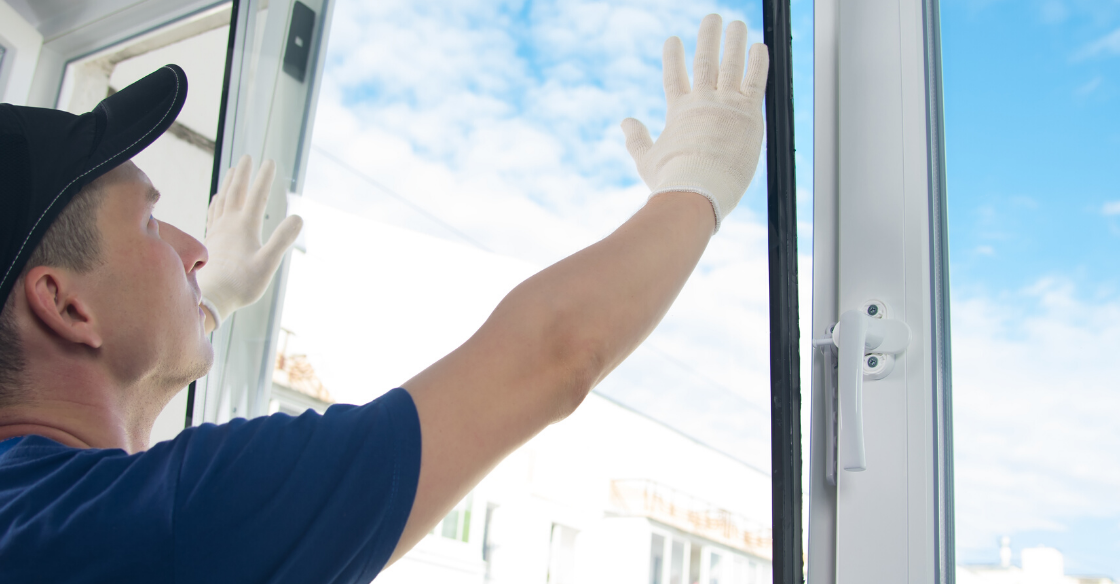With the South California hurricane season lasting from mid-May through November, you want to make sure your windows and sliding patio doors are in ship shape and keep water where it belongs. That is true for any season, actually, as even a little bit of water can cause long-lasting damage. If unchecked and unaddressed, water damage becomes a long-term problem and may prove costly to repair. Early spring is the right time to check everything is in order.
Common Problems Due to Water Damage and Poor Window Drainage
Water damage takes many forms and poor drainage is often undetected before its consequences start to show. Windows and doors wood frames are particularly exposed to deterioration due to weather elements putting pressure on them. Heat expands the wood, cold retracts it, compromising its integrity and causing cracks or peeling off the paint. In time, water penetrates and swells the wood fibers, potentially deforming the structure and leading to more infiltration, seeping down walls and underneath concrete slabs. Water runs its way into the house, or trickles down cracks and leaves a moldy mess.
Outside damage can also take its toll. A few spots of old brittle caulk can allow water to nest where it shouldn’t. After a while, you may see weeds growing, or even sprouts of stronger greenery, developing a root system that creates yet one more path for water to travel.
Another cause of water damage is poor windows and sliding door installation. Any shortcut can prove rather costly, as related by iProperty Management.
“Builder shortcuts with the window flashing around a sliding door and incorrect angling of window fascia allowed water to leak over the top of the door, and underneath it, rotting the wood below it”.
Another often reported cause of poor window drainage is the accumulation of dirt and debris in the channel of the bottom track, causing the sliding panel to get itself off alignment in order to function. Even the tiniest gap means the window or door is not completely sealed anymore, accumulating water one drop at a time. Water will flow over the clogged track. Gravity will do the rest, either outward or inward depending on the levelness of the base.
How to Prevent Water Damage and Ensure Proper Window Drainage
1. Regular maintenance
Check your windows and doors at least twice a year. Inspect insulation and caulking all around. If any window or door does not close tightly or latch properly, it may be that the frame is off balance. This can create entry points for water.
Vacuum debris in the track and wipe off dirt, making sure the weep holes are clear.
2. Assess the lifetime of the systems
Depending on the material and quality of windows and doors, wear and tear may be inevitable. Metal could have lost some of its strength properties. In the short term, old systems prove more costly to repair than replace.
If your systems are on their last run, or if you are weighing the timeliness of replacing, consider frameless sliding glass doors and windows. Not only is the quality highly superior to other products on the market, but the no-frame conception gives you both aesthetics and virtually maintenance-free benefits.

3. Inspect installation
Unfortunately, most residential sliding glass doors providers outsource the installation to contractors. Without controlling the process and quality of work from A to Z, they do not or rarely extend the product warranty beyond the transaction. Improperly installed doors and windows end up not functioning as they should or even.
It’s not easy to notice installation defects when you’re not a professional. Proceed to a quick visual and handling inspection, looking for odd details: seams are not level, frames are askew, doors jam frequently or get off track, locks don’t latch, etc.
If all seems in order but you still suspect the job was not done right (feeling air draft is a telltale sign), contact a reputable professional to re-install. It is inconvenient but will save you in the long-term and give you peace of mind.
4. Track drainage configuration
Window drainage consists of guiding the water down and out, not down and puddle there, not down and in. Characteristics of optimum drainage configuration include:
- Correct sizing
- Weather exposure
- Weep holes count and position
- Or drain pipes
For all Cover Glass systems, the entire installation and a drainage system are performed by our trained in-house crew.

There is more to sliding doors and windows than enhancing your living space. One of their primary functions when bad weather hits is to protect your house from water damage.
The benefits of frameless glass doors and windows have you covered on many fronts: unparalleled durability, perfectly sealed panels, state of the art drainage design, and priceless beauty.
Contact the experts at CoverGlass to plan your next project.

